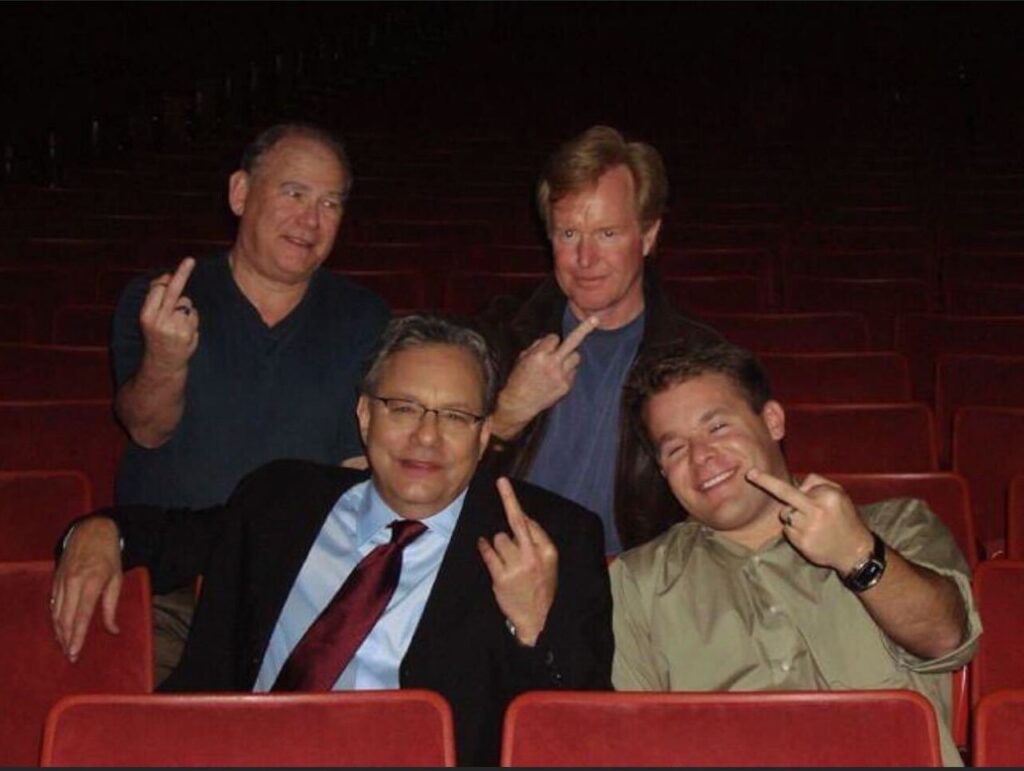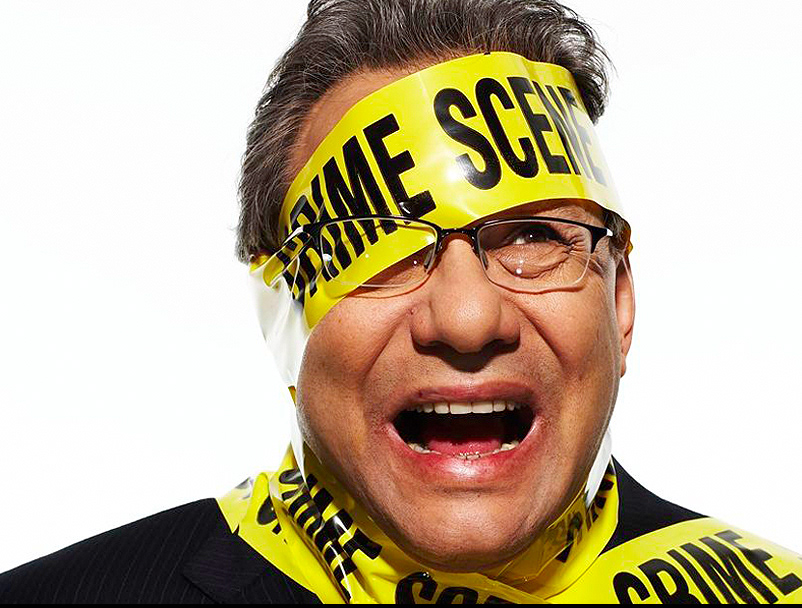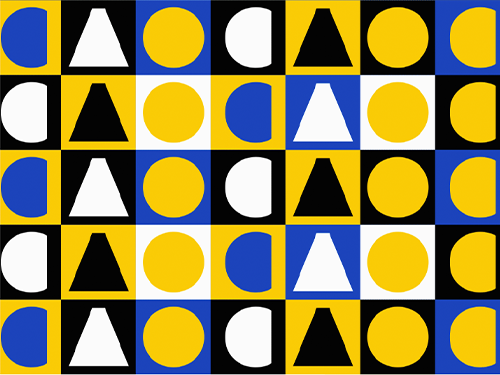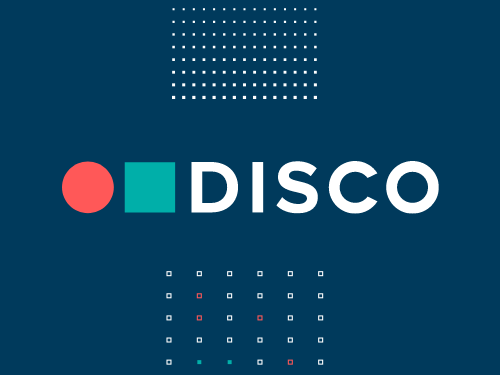The recent appointment of music icon Pharell Williams as Louis Vuitton’s newest Creative Director certainly raised eyebrows. While this ‘Happy’ singer-songwriter undoubtedly has style, this was an out-of-the-box pick for one of the most iconic luxury brands. Radical changes in leadership, technology platforms, and data utilization are shaking up the creative industry. It’s led many to wonder ‘What exactly is the role of a Creative Director’? More importantly, what makes a modern Creative Director?
Bluetext asked our own Creative Director, Jason Siegel, how the role has evolved in recent years, especially with the introduction of next-age AI technology within creative fields. Check out his insights on the future of creative direction, the importance of vision, and leveraging the technology tomorrow.
What do you think of Pharell Williams being named Louis Vuitton’s newest creative director?
I think the Louis Vuitton Creative Director assignment to Pharrell Williams is amazing. I am a massive fan of his music and anything else he’s involved in. I think he is one of the most genius artists on the planet and when you’re a legendary brand like Louis Vuitton, you want to have creative prowess at the top, as well as on the bottom. Pharrell will bring up a fresh perspective and style that will shake up the fashion industry and the world will enjoy it.
Why would or wouldn’t you have made this decision?
I would make decisions like this because when you are known as a creative powerhouse and fashion is a creative art, medium in the end. Brands need to affiliate themselves with creative powerhouses if they want to be thought of as fashion powerhouses. Celebrities who have well-known fashion styles and unique tastes, such as Pharell have an untapped creative potential that spans far beyond music. Brands like Louis Vuitton need to affiliate themselves with those sorts of folks and try to embed them in the internal conversation of where the brand is headed as well as the externally communicate as to where the brand is going.
Who was your first creative director?
Two people were most influential in my career
1. Bill Replogle of Sparky’s Garage fame taught me a lot about storytelling and the power of the word. Growing up I was always looking for better effects and more intense media delivery. And Bill taught me that just a couple of words and just the right photo could make everyone in the conference room fall off the chair in laughter. Bill also taught me that having a great attitude and opinion; knowing what is a good product and what is not is a critical skill.
2. Rand Kramer was my first real professional creative director mentor. Rand taught me the art of pixel, and that perfect is the only way to go. Rand taught me a lot about how to manage designers and different personalities. Rand taught me a lot about the importance of making sure clients feel they’re heard and see the value and professionally prepared files; as well as the underrated value in a conference report after a phone call. Rand was 99% creative, but a really really amazing 1% percent business.
If you could tap a celeb creative director who would it be?
I would tap Bob Marley to be Creative Director. I find creatives work great in an environment that is collaborative and positive and has agreeable background music. Who doesn’t like Bob Marley? Bob Marley is the essence of creative positivity.
The ‘Modern Creative Director’ must align both internal teams and external clients with the creative strategy. Which is the most challenging to bring to that strategic vision?
The more strategic, the bigger the results. When you take chances, you can create massive results and use data to build validation and confirmation, and confidence with the client that your strategic vision is going to win. But at the end of the day, there is never enough data to ever get someone 100% confident in the grand slam because there is risk in everything. There is always a challenge in convincing external clients to take risks, but we often look to the other trophies we have on the case to help persuade them.
What’s been your career hallmark favorite brand or campaign of pitch?
I have been fortunate to have worked on some iconic brands. When the first iPhone was released I led two historic applications. First was the first app ever published by the Washington Post. When Steve Jobs announced the iPhone our app for the “going out guide” was featured in the backdrop as he stood on stage and amazed the world. That led to another historic app for the Obama Inauguration. For that app, I was featured on ABC News with Charles Gibson to unveil and later invited by The Washington Post to redesign key aspects of post.com
My favorite campaign ever was working with the comedian Lewis Black for a security company called Identity Guard.

Lewis, a loudmouth cursing New Yorke, was wrapped up in police tape and had him screaming, “None of your damn business” for three days in New York City. Check out some snippets of that work and a great out-takes video.
As for the pitches, well the pitch is my favorite part. When we won Stanley, Black & Decker’s global site for their number one brand dewalt.com That was an amazing pitch — it included a loud intro, showing a mash-up of AC/DC back in black with a focus group of construction workers on the dewault.com drinking Bud Light. Followed by a complete spec user experience design presentation that knocked the cover off the ball. We won the account and it changed our agency forever from that day forward.
Technology & Its Role in Creative Direction
Creative Directors have historically been a balancing act of art, technology, and economics. How has this balance shifted in recent years?
The balance has swiftly changed over the last two decades. At the heart of it all, it comes down to the story you’re telling. The balance of the creative director’s role is to first establish a compelling story, and then be able to pressure test across an enormous amount of distribution channels to make sure that the story plays out ubiquitously. The modern-day creative director needs to be savvy enough to anticipate how a story is told through social media search engine optimization, connected TV, interactive shorts, augmented, reality, virtual reality, and going back to the old school with a 3-D male or??. Where the balance has changed most dramatically is in data analytics. Now there is a whole new player at the creative table, which is helping the creative Director pressure test and validate their ideation of the story across all these ubiquitous channels, and making sure that it’s highly effective, highly measurable, and that there are communities there to leverage. It’s no longer enough to have an artistic vision, creative directors have to be savvier than ever with technology, interactive mediums, as well as the traditional core skills of storytelling and oversight of high-quality art direction and production to be successful.
What’s the most valuable skill to have as Creative Director?
The most valuable skill to have as a creative Director is belief. Belief that your positioning, strategist, and messaging wordsmiths can produce a position that is defendable and sets up the creative floor for a grand slam. Belief in your team to push the boundaries of what they could physically do and trust in your team to get there together. The best creative directors don’t limit the thinking and belief that their team, including great 3-D artists and now great AI technology, can bring a vision into reality. Believe that your account strategy teams can manage a relationship, capture the essence of client preferences and collaborate with great creative people to bring what the client had intended for expectations to life. And overall the belief in growth, the confidence and drive to communicate the vision of growth to your employees and motivate them to grow with the agency.
How has curation become a larger part of creative direction?
Curation is equally as important as creation for a multitude of reasons. The first reason is language, the variety of talented people, both client-side and agency side, have a different language and limited language in talking about what they would hope to see creatively, and the breakdown of choice of words, or a limit of words can create a lot of waste and confusion. Using field trips, which show a curation set of visual examples makes the communication much clearer. We are constantly updating, verticalizing, and custom tailoring our field trip examples to client needs. Especially in industries challenged with bringing life to intangible concepts, field trip curation is critical. Our sources are really well-defined internally to run a smart agency and we are now super excited about artificial intelligence. AI technology is enabling us to rapidly ideate using platforms like mid-journey and dolly three so that rather than searching stock banks and design portfolios of the world we are prompting AI and seeing what they think. What they give us is often quite stunning, but often not perfect. We are looking forward to AI improving over time to be massively helpful, especially when fantastical art is a requirement and is a New Age version of Curation.
How do you foresee technology aiding creativity in the future?
Over the 20 years of doing this, I have seen some really critical breakthroughs that have allowed creatives to direct and open up channels and experiences like never before. A few of them that jump to mind include mobile technology and augmented reality, as great ways of using breakthrough technology in the creative direction of marketing efforts. What I am experiencing with platforms like chat GTP, mid-journey and Dolly 3 makes me think about what does the future look like? I’m highly convinced that this technology will doc octagon people just as Grammarly and Google have helped us speed up and advance over the last 20 years. This is another tool definitely not a replacement. But what I am most curious about is what I call ubiquitous dynamic media.
Ubiquitous dynamic media is a strategy for a brand where AI is constantly always producing in real-time, delivering branded content into the streams it will go from hosts to pulse and constantly pulsing constantly producing. The only way to do that is this video and imagery can be self-generated off of algorithms and prompts. Video that is dynamically producible, like we’re seeing right now with tools like mid-journey and open AI, has. the power to change the entire creative process and timeline. Imagine just writing the words “video of a child, running down the street chasing the ball” and generating a producible video where in real time you can change details like the color of the shirt on the child. Dynamic ubiquitous real-time branded content natively produced across every channel could allow you to optimize in real-time with algorithms of data trends that are coming in live. The future of technology is a vast ocean that a Creative Director could surf.
We wanted to get some feedback from an outside perspective, so we went to our strategic human capital partner, Chrissy (Ching) Mott, of Celertek. She had great insights on this topic.
“Data is now driving most technology hires across any industry. The ability to measure the success of what is being built or implemented is now as important as the product itself. There are very few organizations, even in the government services space that are without a data team, even if that team is relatively small. We have seen an increase in scaling data teams alongside QA, product management, and other more traditional technology areas across the last few years. The ratio of the data team to other traditional technology skill areas is only increasing year over year. What used to be a single person is now scaling at the same pace as other technology roles within a given organization.”
“A modern-day creative director has to understand how to read data and how to use it to positively impact the overall business. Without the digestion of data and applying its impact to the deliverable or product, the creative director is already behind their competitor.”


